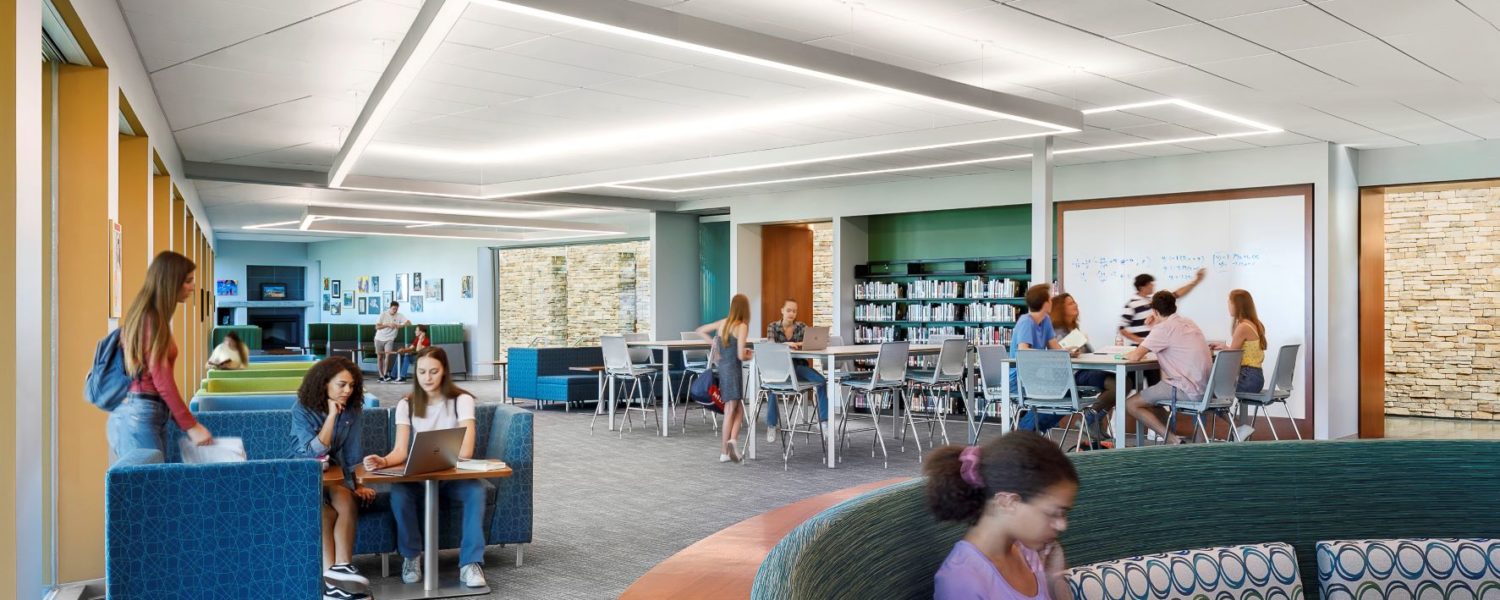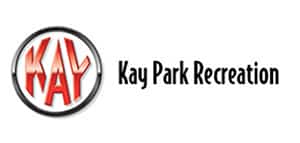By Mariana Lavezzo
Library design has evolved from the traditional centralized model, serving as a destination for quiet learning activities and reading, to a media resource center with more of a coffee house vibe. Many libraries are taking out outdated computer labs and replacing them with makerspaces of varying scales for digital creations, tinkering with Legos, creating small robotics or 3D printing.
In many schools, library resources are distributed within collaborative areas, encouraging a love of reading, and bringing resources, information, and knowledge closer to classroom clusters. This fluidity for research also supports the inquiry-based learning cycle.
Today’s school library is evolving as a seriously cool place that engages the new learner of today, breaking down barriers that separate what they learn in a library or classroom from knowledge they can acquire in different ways.
Today’s learner is not simply a “digital native.” They can be more nomadic — bouncing between spaces in the physical world and virtual world. They relate to each other differently than previous generations.
School leaders and educators can close the gaps between the interests of today’s learners and older library models by planning the library as a place to empowers the new learner to build on their strengths. At the same time, it should support what they might be missing if they were not provided with the variety of places they need.
For example, an outdoor library space can be an invitation to slow down, connect to others and connect to nature for a learner who has a jam-packed schedule or spends a lot of time in the cyber-world. The library can support inclusivity, giving students with special needs an opportunity to interact with new learners naturally.
In her research on growing up in the digital age, Dr. Edith K. Ackermann of the MIT School of Architecture identified six areas that capture core traits of the new learner. Using those traits as a foundation can help guide the design of a library that supports learners and provides them with a safe, creative environment.
- Sharism
New learners relate to each other differently than previous generations. They engage in co-creation more than working individually to construct their knowledge. They need a place to share work in progress with each other and a place to form friendships around shared interests. The library can be a place for freedom to make those friendships. It isn’t just for “geeks” at lunch time — it’s the safe place where they get to choose how they want to learn, who they want to interact.
- Identities
The new learner blurs the boundary between ME (the individual) and WE (the global village). They are shape shifting through digital, virtual and physical worlds. The library can provide immersive technology for students to safely try different experiences as they develop their identities.
- Border Crossing
As the new learner moves between the physical and virtual worlds, the library and adjacent spaces can be a place that supports their movement through different activities. The library lets them move between the worlds as nomads, yet they also feel grounded. For example, an outdoor space with a garden can help provide a base for learners in the physical world.
- Literacies Beyond Print
The new learner has new ways of communicating in space and time, changing our old definition of what it means to be literate and a literate thinker. Writing can be part of a process that is more about assembling different media. Reading can be the act of highlighting and extracting nuggets of information to apply to learning. The library can be a place to let learners create in different genres of communication. The librarian’s role is still to facilitate their research in different forms of media and helping to mindfully engage and offer them the time and space to develop their creations.
- A Culture of Gaming or “Simuling”
Modern learners have new ways of “playing it safe.” Dr. Ackermann uses the term “simuling” to describe the creation of a believable alternative world. The library can be a place to use digital tools that allow learners to receive instant feedback, make changes and re-visit projects so they can work in an iterative fashion, engaging in playful exploration as part of their learning process. These tools support their ability to step into another world that intrigues them, providing a mental break from other types of learning in the classroom.
- A Culture of Bricoleurs
The new learner likes both making things like art, and making things to do things, like programming and robotics. They gather, recycle, repurpose, fix, create and trade objects. The library can include a makerspace zone to support a desire to make and tinker, whether it’s crafting, fabricating digitally or physically; programming, robotics, or recycling things to create something new. This way of creating needs space and time to do a deep dive with their peers as they invent to learn.
The Reggio Emilia pedagogy for early childhood describes the “100 languages children speak” as they express themselves. We can apply that thinking to libraries and today’s learner, no matter what age they are. Libraries can be a place for children to move seamlessly between their different worlds and to engage the broader community of parents and educators, in many new ways.
Mariana Lavezzo, ALEP, LEED AP, is the director of school planning for LPA Design Studios, an integrated national design firm that specializes in creating innovative environments that work better, do more with less and change people’s lives, www.lpadesignstudios.com.










